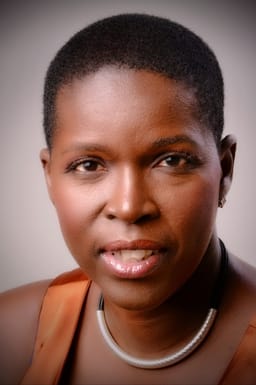
The Perception Gap: A Not That Divided America
This year1 has been a doozy. If you’re reading this, you survived a once-in-a-century pandemic where something as simple as a piece of cloth over your face became weaponized, a racial reckoning not seen since the Civil Rights Movement, and an election to “restore the soul of America.”
Are you tired? I sure am. This neverending moment has made us question our fellow Americans. How can someone believe the Big Lie enough to literally assault the Capital? And on the flip side, how are liberals fine with the government restricting their personal liberties?
After four years of an authoritarian president who divided our nation and a deadly pandemic, it feels like Americans are further apart than ever. Social media and the news reiterate this point daily, even hourly.
But as loud as those voices appear, the polar opposite partisanship that we find ourselves in, is not really the true reality of the country. In fact, most Americans share very similar views.
That’s where the perception gap comes in.
What is the Perception Gap?
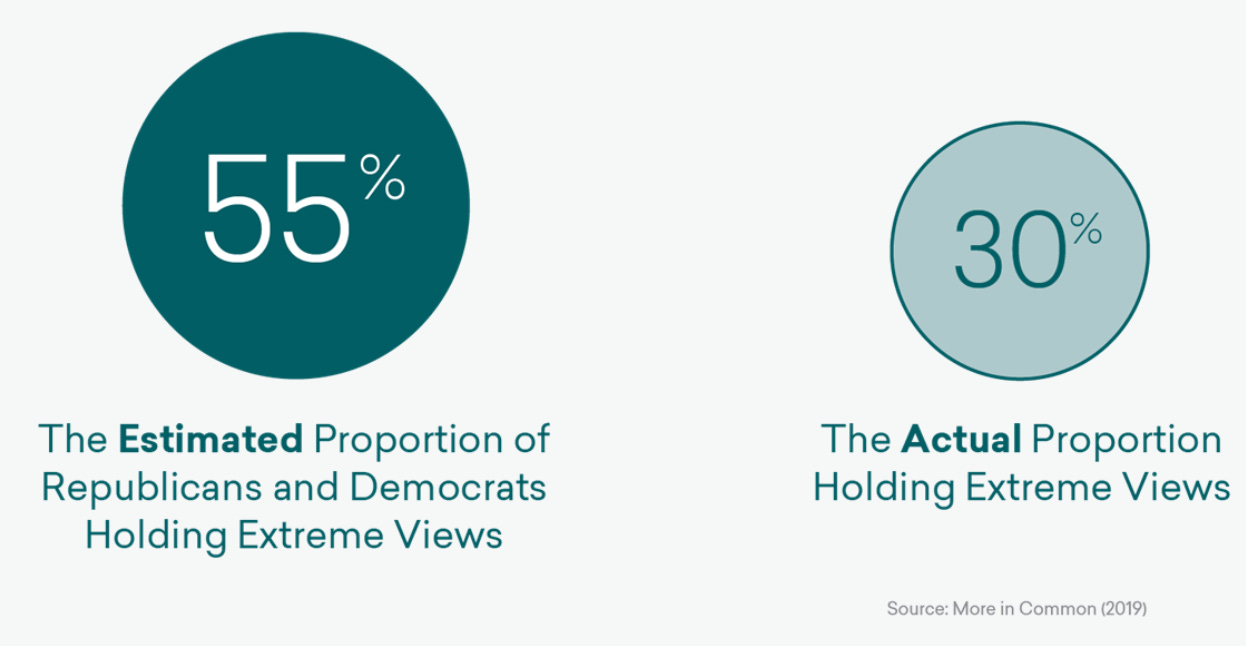
In the simplest way, the perception gap is the idea that people hold distorted views of what beliefs others hold. Or more specifically, it is the idea that Americans believe there are greater extremes in this country than there actually are.
More in Common is an organization that works to strengthen societies against increasing threats of polarization and social division. They started studying this back in 2018 and have been conducting annual surveys as well as deeper reports ever since.
To best illustrate the Perception Gap, here is a graph from their 2019 study that shows how Democrats perceive Republican beliefs and just how far off they are. Democrats assume Republicans hold the extreme position on immigration, racism, and guns when in reality, Republicans are a little more in the middle. (has anyone told Lindsey Graham this?)
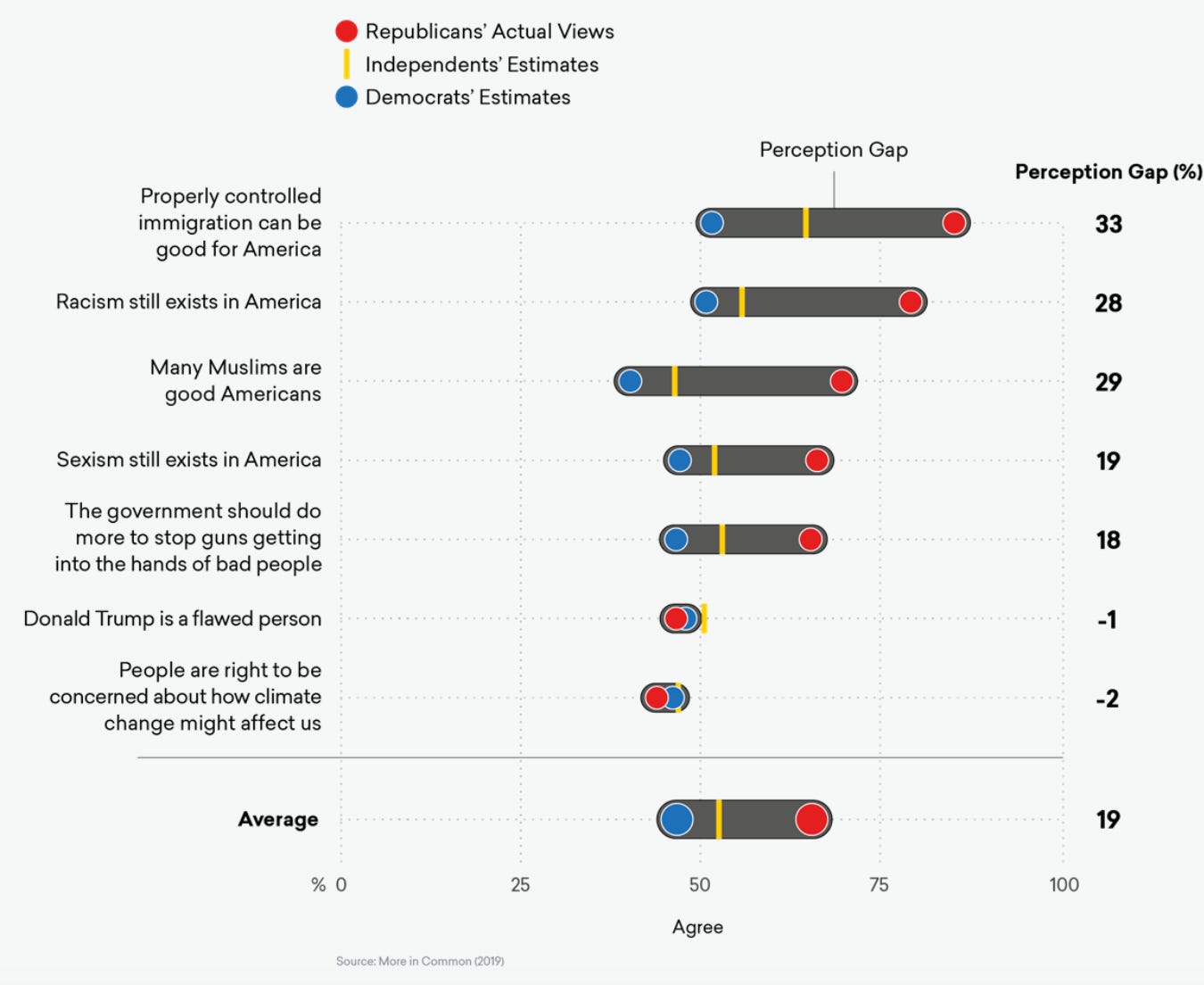
Why Is There a Gap?
In our ever-evolving world, many of the mainstream institutions are helping to exacerbate these misconceptions about others.
The Media: More in Common found that the more news someone consumes, the higher their perception gap of the other side. Heavy consumers of news are nearly 3x more likely to have distorted perceptions.
As you can imagine, it also depends on the type of news you consume. If you’re a Breitbart, Sean Hannity, or Slate consumer, then you’re going to have a worse perception gap than those that watch CBS.
Social Media: The downside to a personalized, curated social feed is that you don’t get much exposure to the other side.
Education: Ironically, for Democrats, the more education you have, the higher your perception gap, because you are mostly interacting with fellow Democrats. On the flip side, Republicans who did not complete high school have a higher gap.
The Good News: We’re Not That Divided!
In the study, More in Common looked at what the true breakout of political ideologies are and most Americans actually fit within the middle ground.
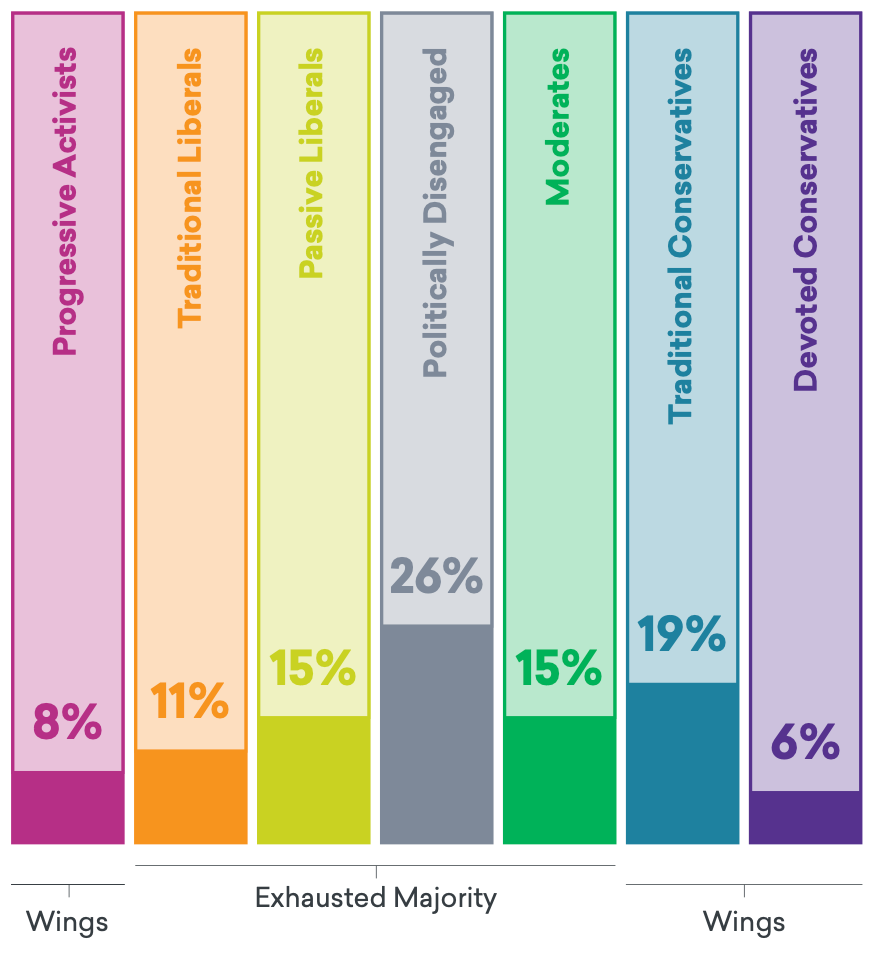
In this newsletter, I speak a lot about the GOP and its dangerous policies. But let me be clear, when I speak about the GOP, I am speaking about elected officials. I actually empathize with Republican voters as much as I do Democratic voters. I may not agree with the policies that they support, but most everyday Americans are just looking for a better life for themselves. Radical Republicans in Congress and the QAnon shaman (who has his own Wikipedia page) make it appear as if Republicans are extreme.
What Do We Have in Common?
Now that we’ve cleared up some myths, where can we actually find common ground in this country? Turns out that it’s actually the good ole United States of America that we can all agree on.
- Gratitude for being an American
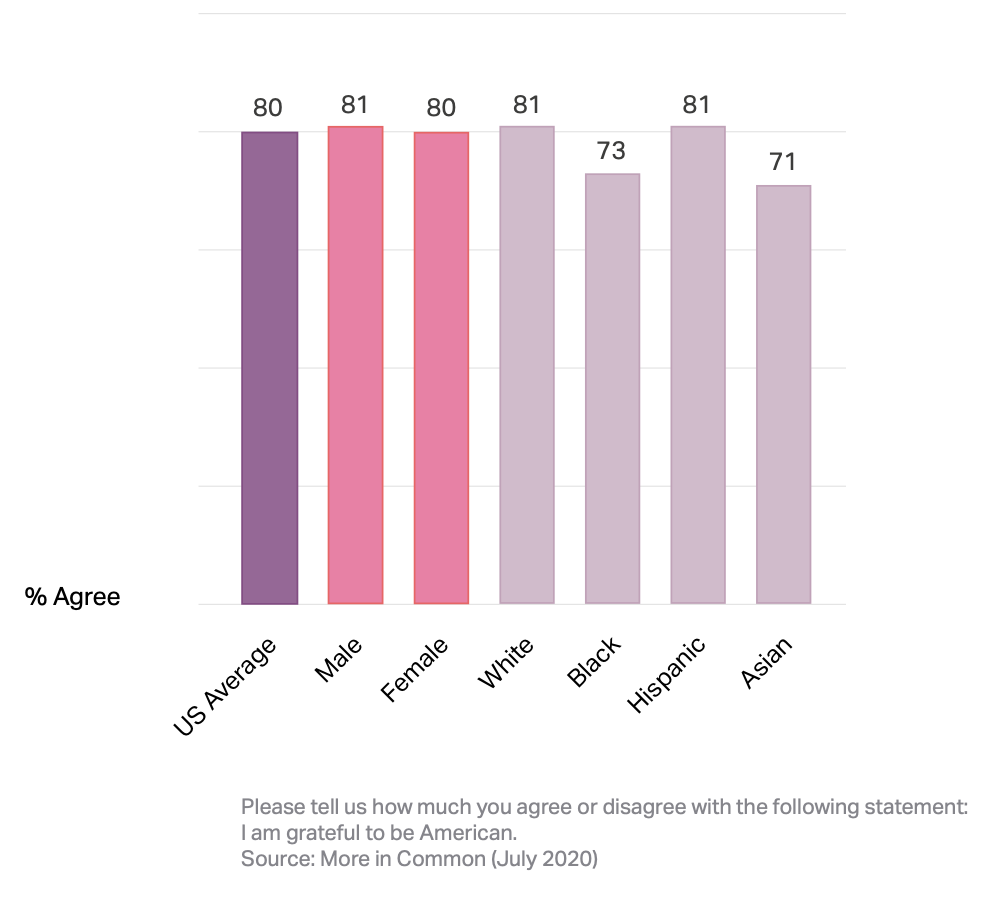
- The Freedoms Americans have vs. other countries
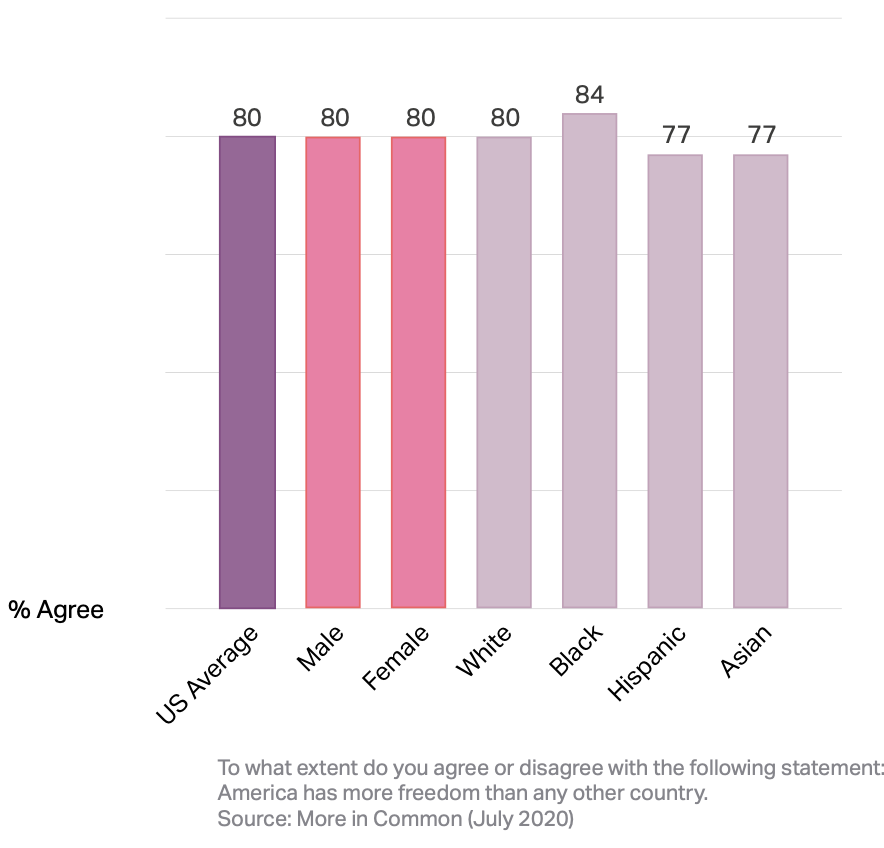
- Life in the United States compared to other countries
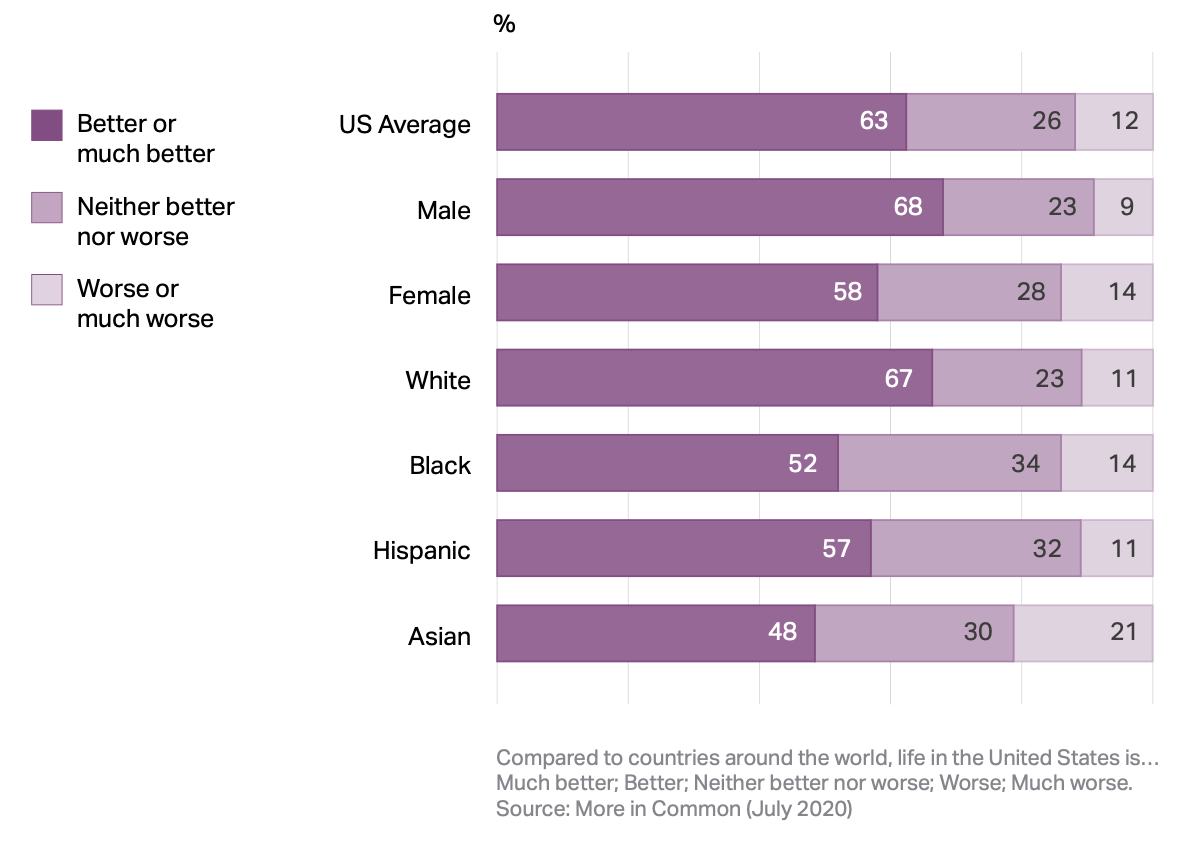
So there you have it. Problem solved! Americans love America. Back to your regularly scheduled programs.
In all seriousness, while it can be exhausting to hear the vitriol in Washington and feel hopeless that things will never change, there is a path forward. Another thing Americans can agree on is the worry about America’s future. The best way to solve this fear is to vote and get all your friends to vote. The more we can elect officials that look like America and recognize these commonalities, the more we can work to pass overwhelmingly popular legislation that provides a positive impact on Americans.

For more information on the Perception Gap and More in Common, check out their website and read their amazing new white papers. And something special for my Texas followers.
We’re still in 2020 right? 2021 is just a continuation of 2020? 2020.1 if you will. ↩
the roots of change media ecosystem Newsletter
Join the newsletter to receive the latest updates in your inbox.



